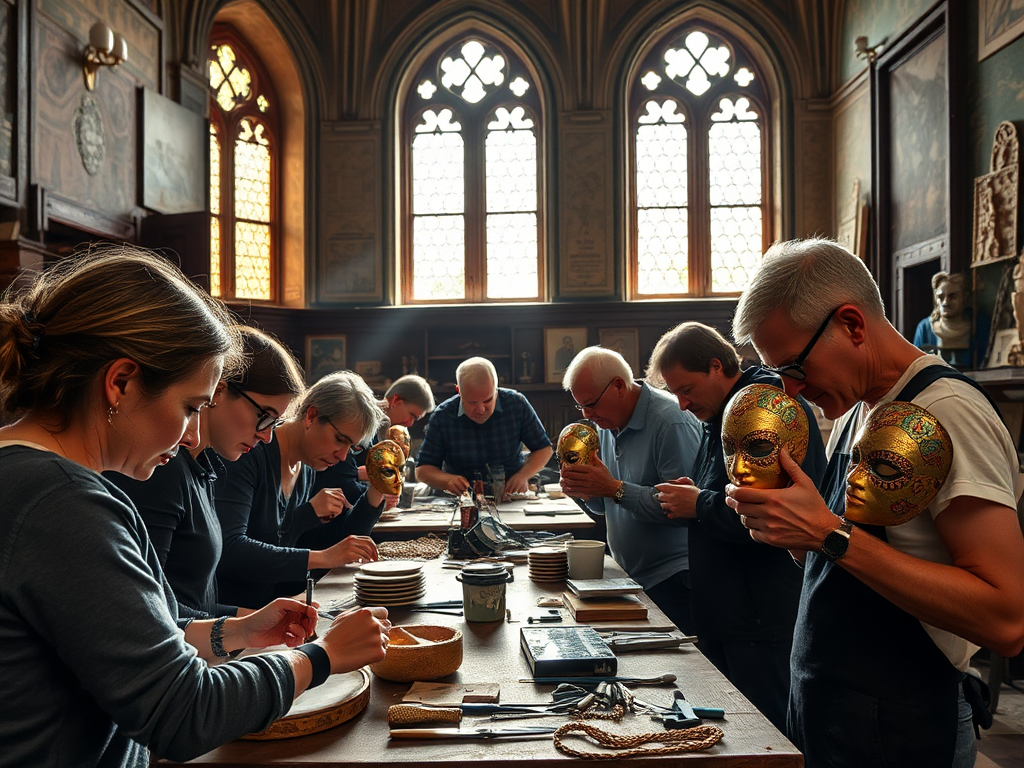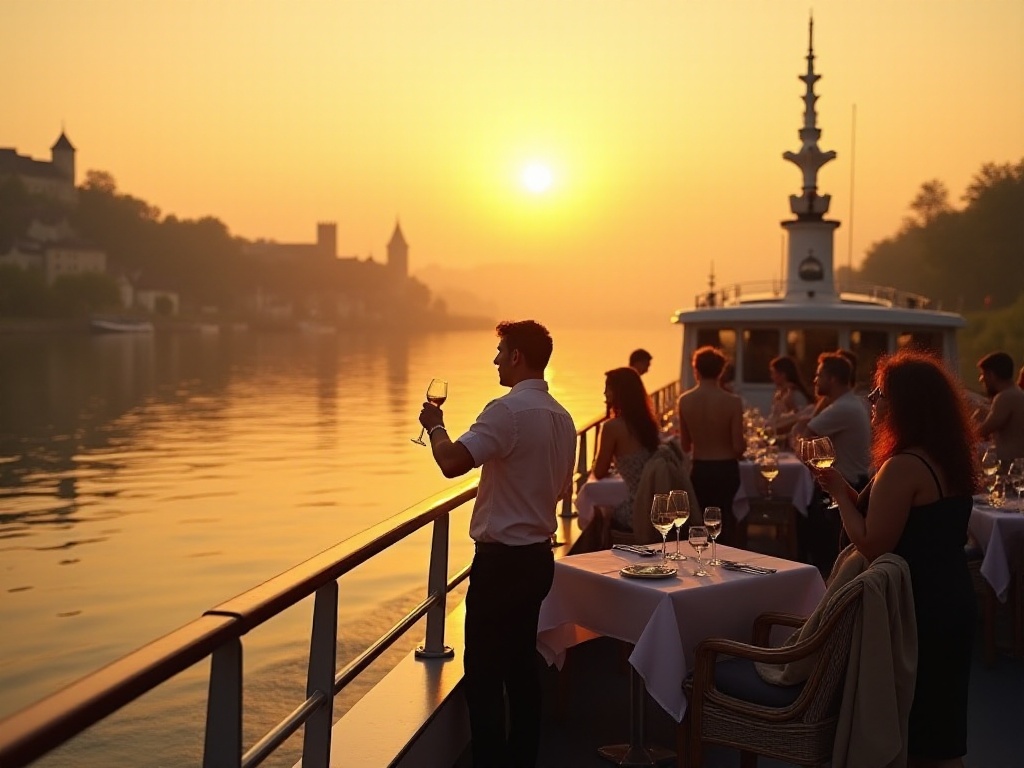Origin
Have you ever wanted to travel alone but worried about feeling lonely? Or wanted to travel with friends but found it difficult to coordinate schedules? Recently, I deeply researched the operational model of a travel company called WeRoad and discovered how they cleverly solved this problem.
As a new type of travel company founded in Italy, WeRoad pioneered a unique small group travel model. They limit each group to under 15 people and place special emphasis on social interaction between group members. This model has sparked a new travel trend among young Europeans.
Innovation
WeRoad's innovation lies in how they redefined group travel. Traditional tour groups often give an impression of passive following and superficial sightseeing. WeRoad, however, focuses on "shared experiences" and "social connections."
For example, their "Italian Dolomites Hiking Trip" is more than just simple sightseeing. During the 7-day itinerary, 15 strangers of similar age hike, camp, and cook local cuisine together. This immersive experience naturally builds deep friendships among group members.
Statistics show that WeRoad's repeat customer rate reaches 65%, far exceeding the traditional travel agency average of 30-40%. More interestingly, over 40% of their customers come through friend referrals. These numbers indicate they've found a breakthrough in combining "social interaction and travel."
Depth
So how does WeRoad create a good social atmosphere while ensuring travel quality?
First is precise control of group size. According to social psychology research, 12-15 people is the ideal size for group interaction. Fewer might make the atmosphere too quiet, while more tends to form cliques. WeRoad bases their model on this theory, limiting each group to under 15 people.
Second is age stratification. WeRoad divides customers into different age groups like 25-35, 35-49. This ensures group members have similar life experiences and topics to discuss, making it easier to connect. Data shows that the probability of forming lasting friendships increases by about 80% in age-matched groups.
Third is itinerary design. Each day's schedule cleverly includes interactive elements, such as: - Preparing camp breakfast together in the morning - Hiking together during the day - Sharing the day's experiences around a campfire at night
These seemingly simple activities create natural scenarios and topics for interaction between group members.
Change
WeRoad's success shows us the changes happening in the tourism market.
From the demand side, modern young people increasingly value the social aspects of travel. According to recent tourism market surveys, 76% of millennials say they value opportunities to meet new friends more than simply checking off tourist spots.
From the supply side, traditional bus tour groups are gradually losing market share. Data shows that the global small group travel market reached $84.7 billion in 2023 and is expected to exceed $120 billion by 2025. This growth trend reflects the direction of tourism consumption upgrade.
I believe WeRoad model's core competitiveness lies in successfully combining the basic human need for "social interaction" with the experiential consumption of "travel." This combination isn't a simple addition but a carefully designed synergy where both elements enhance each other.
Reflection
As someone who often travels alone, WeRoad's model has given me many insights. I begin to wonder: in this era of social media dominance, do we actually need more real human interaction? Can travel become an opportunity to rebuild social connections?
Recently, I've noticed similar small group travel products appearing in China. However, compared to WeRoad, they still have some issues: - Insufficient control of group size - Lack of interactive elements in itineraries - Guides focus more on explanations rather than creating atmosphere
I think these issues reflect an insufficient understanding of "social value." True social interaction can't just stay at the surface level of photo-taking and likes-sharing, but must build real emotional connections through shared experiences.
Future Outlook
Looking ahead, I believe small group custom travel will become an important trend. Especially in the post-pandemic era, people's demand for high-quality social interaction will become stronger.
However, doing this well isn't easy. It requires: - Deep understanding of target group's social needs - Carefully designed itineraries that promote interaction - Training leaders who understand both travel and social interaction - Building a sustainable community operation system
What do you think? If you had the chance to join such a small group travel experience, what would you value most? The opportunity to meet new friends, the immersive itinerary, or a combination of both? Feel free to share your thoughts in the comments.
The meaning of travel perhaps isn't just about reaching a destination, but about meeting like-minded people along the way. As WeRoad's slogan says: "It's not about how far the destination is, but how wonderful the journey is together."
Finally, I want to say that everyone should experience this kind of small group travel at least once. It might change your understanding of travel, and you might gain unexpected friendships. After all, in this age of information overload, real connections are the most precious.







